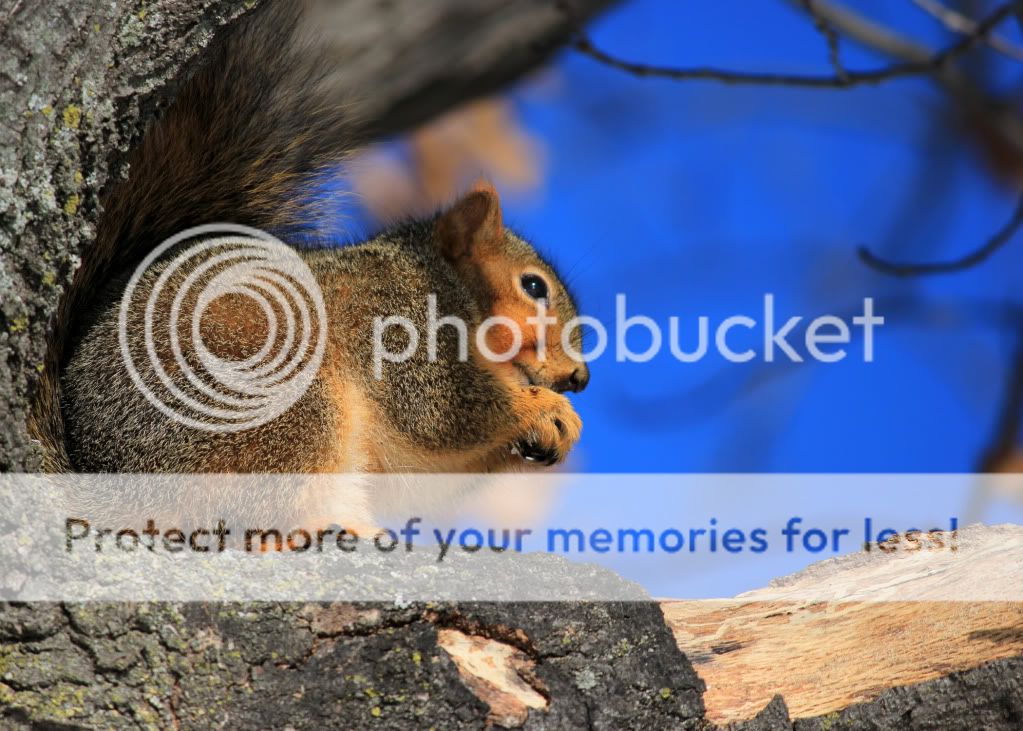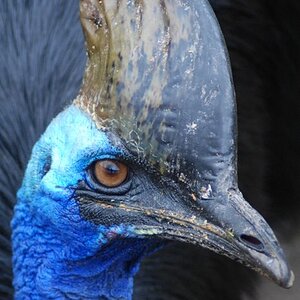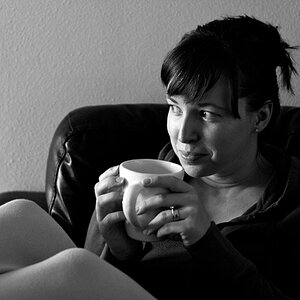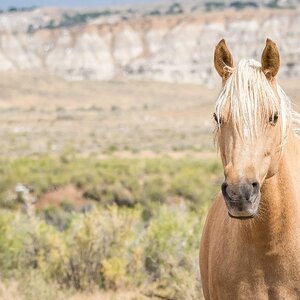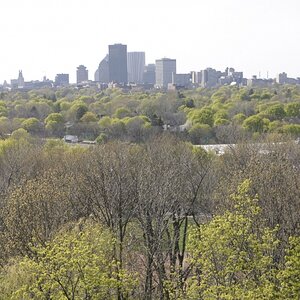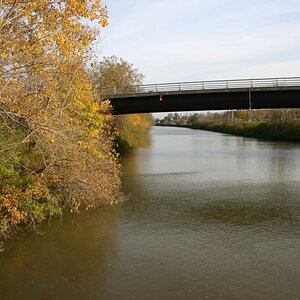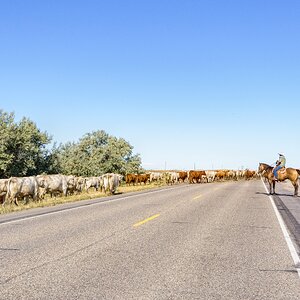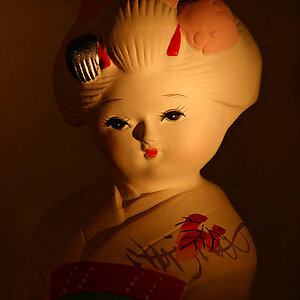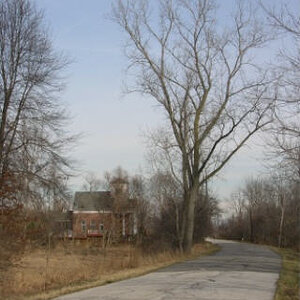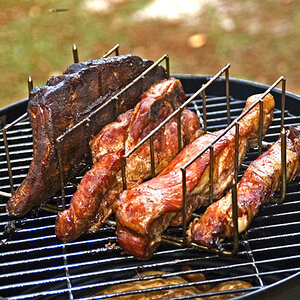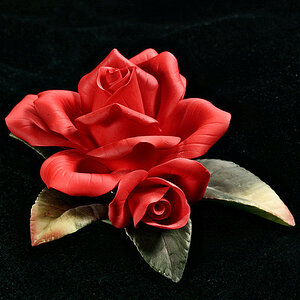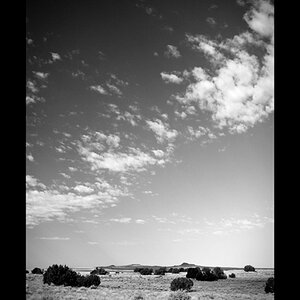Christie Photo
No longer a newbie, moving up!
- Joined
- Jan 7, 2005
- Messages
- 7,199
- Reaction score
- 148
- Location
- Kankakee, IL
- Website
- www.christiephoto.com
I usually shoot in aperture per recommendation of my current instructor and several entries on this forum. Is that a bad way to shoot?
Not at all. You have more control shooting manual, but that leaves more decision making up to you.
You have time for this in portraiture. You can put the camera on a tripod and assess the situation, choosing focal length, depth-of-field, camera angle, refine posing, survey background, etc. This all comes with experience and understanding.
Aperture mode is fine, especially in rapidly changing conditions.
Good luck!
-Pete


